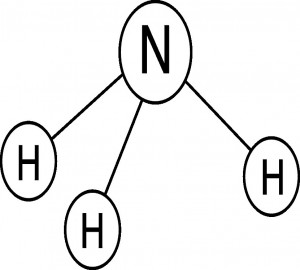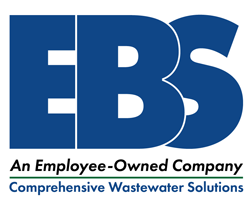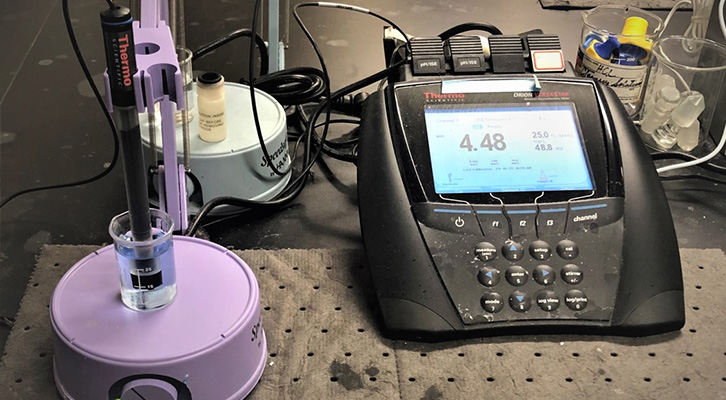 Nitrogen, as ammonia, is a critical nutrient in biological wastewater treatment. It is utilized by bacteria to make proteins, including enzymes needed to break down food or BOD as well as in making energy.
Nitrogen, as ammonia, is a critical nutrient in biological wastewater treatment. It is utilized by bacteria to make proteins, including enzymes needed to break down food or BOD as well as in making energy.
In activated sludge, the two primary symptoms of nutrient deficiency are excessive filaments and excessive polysaccharides or slime. Nutrient deficiency may also cause the production of viscous foam, and impact the jelly-like consistency of the activated sludge which will interfere with the sludge compaction (this is referred to as slime bulking). Excessive filaments and excessive polysaccharides are lesser problems in aerated stabilization basins but are still indicators of nutrient deficiencies. In both aerated stabilization basins and activated sludge wastewater systems, insufficient nutrient availability will lead to poor biochemical oxygen demand (BOD) removal due to the inability of the bacteria to divide and create more workers. This will result in linear biochemical oxygen demand (BOD) removal, rather than exponential or logarithmic removal as expected under optimum conditions.
The following procedures are used by Environmental Business Specialists to determine the ammonia content of samples from the aerated stabilization basin or activated sludge waste treatment systems: ammonia-selective electrode or Hach powder pillows.
The ammonia-selective electrode uses a hydrophobic gas-permeable membrane to separate the sample solution from an electrode internal solution of ammonium chloride. Dissolved ammonia is converted to aqueous ammonia by raising the pH of the sample to above 11 with a strong base. Ammonia then diffuses through the membrane and changes the internal solution pH that is sensed by a pH electrode. Potentiometric measurements are made with a pH meter having an expanded millivolt scale or with a specific ion meter. This method is applicable to the determination of NH3 in water containing 0.03 to 1400 mg NH3 N/L. The concentration range can be extended by appropriate sample dilution. The method is better suited to laboratory testing since it involves a meter and electrode.
In the field, using a probe is not always possible, so the ammonia reagent powder pillows (ammonia salicylate and ammonia cyanurate) are used and the sample is read on a spectrophotometer. Ammonia compounds react with salicylate in the presence of chlorine to form 5-aminosalicylate. This is then oxidized in the presence of a catalyst to form a blue-colored compound. The blue color is masked by the yellow color from the excess reagent giving a final green-colored solution. The intensity of the color is directly related to the amount of ammonia nitrogen present. This method is applicable to the determination of NH3 in water containing 0 to 0.50 mg NH3-N/L. The concentration range can be extended by appropriate sample dilution.

